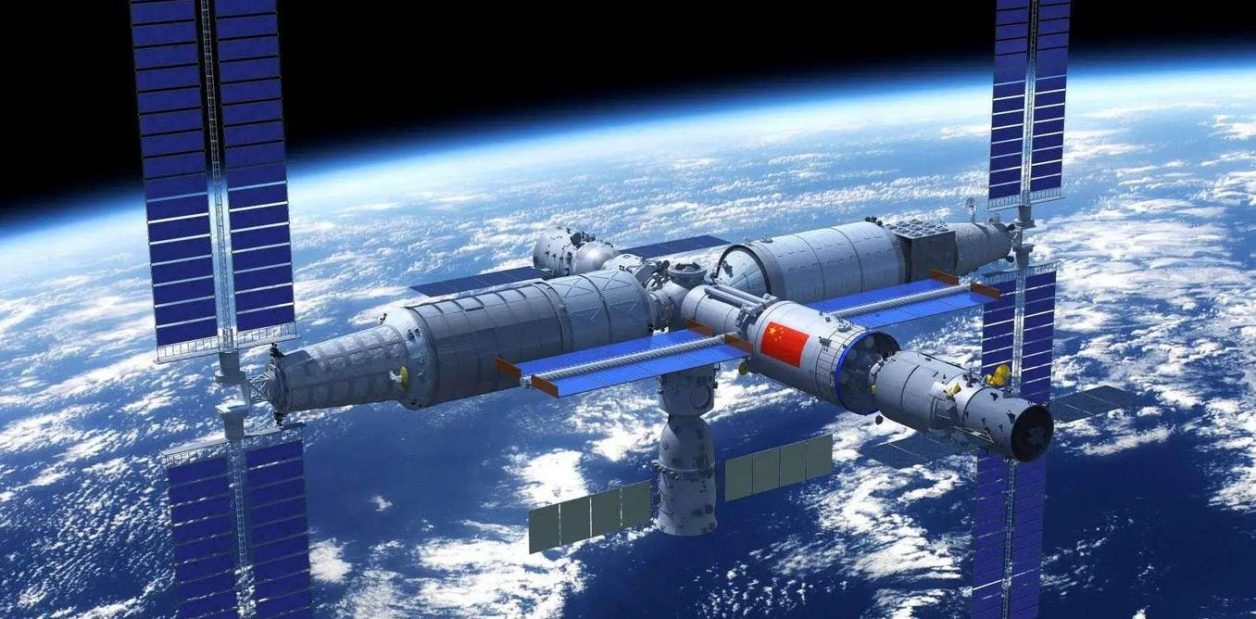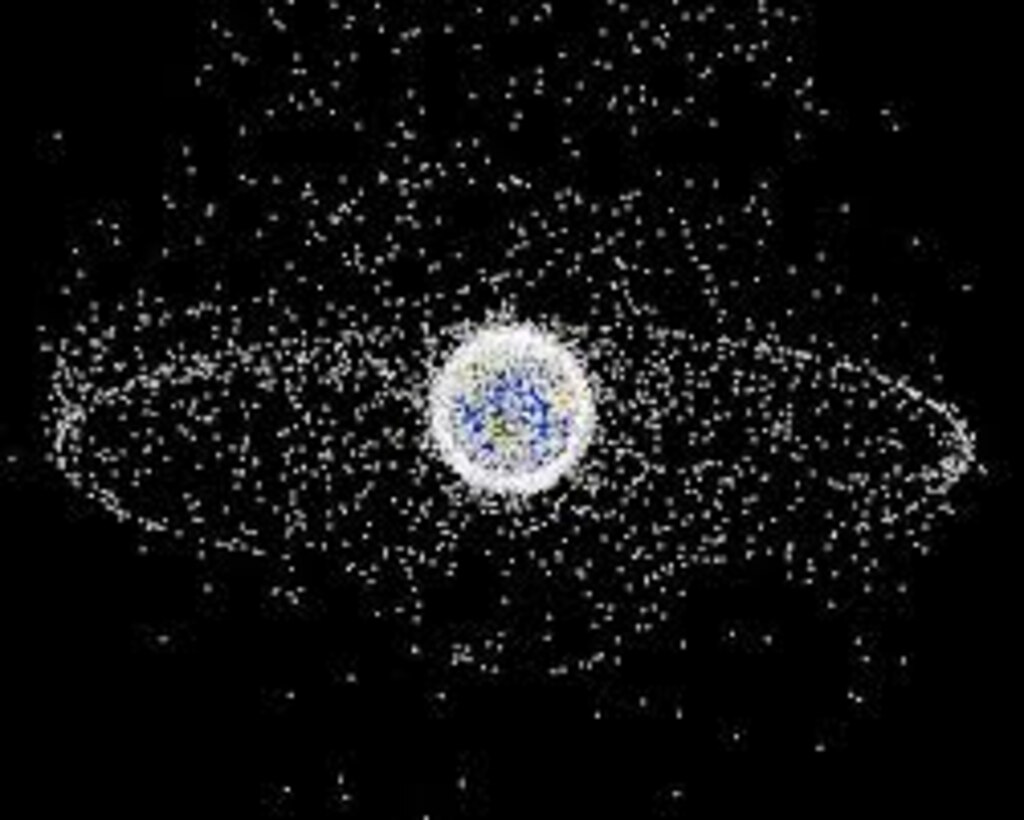Chinese space scientists used an enormous space sail to deorbit a recently launched Long March 2 rocket, China’s state-owned Global Times reported on July 6. This was the first such experiment ever performed on a rocket.
Russia ‘Smokescreens’ $3.7B Kerch Bridge As US Says Ukraine Can Strike Europe’s Longest Bridge
This deorbiting sail is developed by the Institute 805 of the Shanghai Academy of Spacecraft Technology (SAST) allowing a dysfunctional or a ‘dead’ spacecraft to leave orbit sooner to contain the spread of space debris.
It was installed on the payload capsule of the Long March-2D Y64 carrier rocket that was launched into space on June 23 and unfurled in orbit on June 26, according to the SAST.
The sail is a kite-like sheet that stretches up to 25 square meters and has a thickness of one-tenth the diameter of a hair, according to the SAST developers.
Once unfolded, the sail increases the drag acting on the spacecraft, which is why it is also called the ‘drag’ sail, thereby decelerating the spacecraft until it is moved out of its orbit, which will burn up within the Earth’s atmosphere within a few years.
“The thin sail uses aerodynamic resistance formed by the thin atmosphere of the low-orbit environment to decelerate the satellite and gradually leave the original orbit slowly,” the SAST developers explained to the Global Times.
According to SAST developers, their sail can enable a 300-kilogram payload capsule to re-enter Earth’s atmosphere within two years. It allows for a much faster deorbiting process which could otherwise take hundreds of years.

Threat From Orbital Debris In The Space
If deorbiting measures are not taken, the satellites can last for hundreds of years in space until their service is over, posing a threat to other active in-orbit spacecraft.
A famous example is a collision between the ‘Iridium 33’, an American active commercial satellite, and the dysfunctional Cosmos 2251 of the Soviet Union in 2009. The two satellites collided at a speed of 41,843 kph, at an altitude of 789 kilometers above Siberia.
The crash resulted in 2,300 pieces of large, trackable debris and countless smaller debris scattering across more than a thousand kilometers in space, causing problems for subsequent space programs.
According to the European Space Agency (ESA), an estimated 13,100 satellites have been launched into orbit since 1957, with 8,410 remaining in space and 5,800 still functioning.
In addition, up to 27,000 smaller pieces of debris are also being tracked by NASA, congested in the orbit zone and traveling extremely fast—25,266.70 kph in low-Earth orbit (LEO).

The total mass of all objects in orbit is around 9,900 tons, while the statistical model suggests 130 million pieces of debris are from 1mm to 1cm in size.
Dangerous Encounters With Space Debris
In March 2022, a leftover piece of a Chinese Long March 3C rocket slammed into the Moon, creating a 65 feet wide crater on the lunar surface. If this piece had hit the International Space Station (instead), it could have led to disastrous consequences.
For example, in November 2021, the ISS was forced to perform a maneuver to avoid a piece of debris from the now-defunct Chinese Fengyun-1C weather satellite that China destroyed in its 2007 anti-satellite missile test.
The satellite had exploded into more than 3,500 pieces of debris, most of which fell into the ISS’ orbital region.
Similarly, even Russia had destroyed one of its defunct Soviet-era satellites, the Cosmos 1408, in an anti-satellite weapon test in November 2021, creating a field of at least 1,500 trackable pieces of debris in low orbit that forced the ISS crew to take cover multiple times as the station’s orbit intersected with the junk.

The latest instance of ISS’ avoidance maneuver was on June 16, when the ISS crew had to conduct a complicated maneuver to avoid being hit by orbital debris from the Kosmos-1408.
Till August 2020, the ISS has had to perform 27 collision avoidance maneuvers since 1999.
Despite these maneuvers, a piece of space junk hit the robotic arm of the ISS provided by the Canadian Space Agency (CSA), the Canadarm2, causing a hole of 5mm diameter, as was noticed during a routine inspection in May 2021.
- Contact the author at tanmaykadam700@gmail.com
- Follow EurAsian Times on Google News




